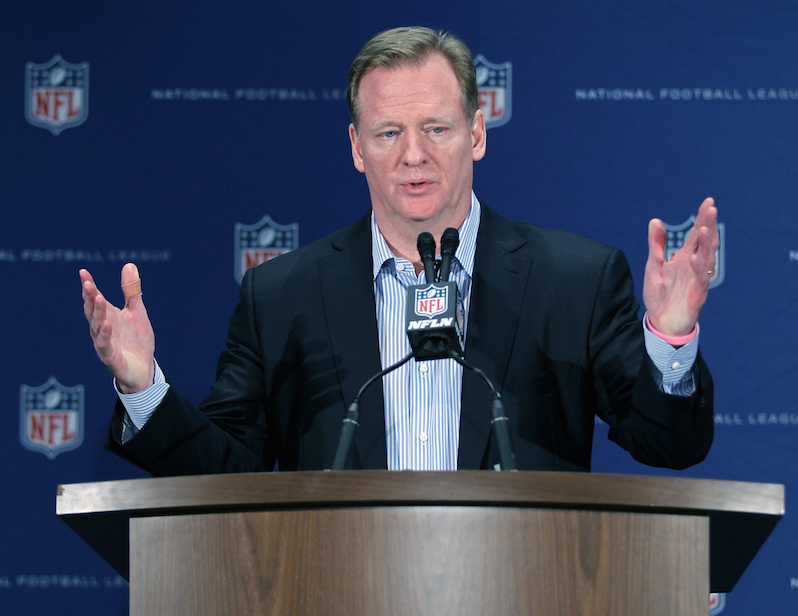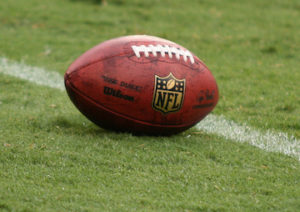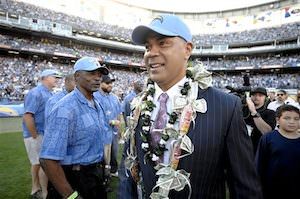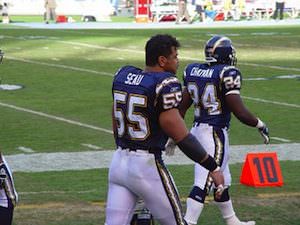NFL’s Handling of CTE Controversy Shows Compassionate Conservatism of Roger Goodell in Action
In determining the effect of concussions on the lives of football players, nobody lawyers up while making sincere protestations of loving the other side like the NFL commissioner. Roger Goodell has been the NFL commissioner since 2008. (Luis M. Alvarez / AP)
1
2
Roger Goodell has been the NFL commissioner since 2008. (Luis M. Alvarez / AP)
1
2

Roger Goodell has been the NFL commissioner since 2008. (Luis M. Alvarez / AP)
With an uncertain future and a new administration casting doubt on press freedoms, the danger is clear: The truth is at risk.
Now is the time to give. Your tax-deductible support allows us to dig deeper, delivering fearless investigative reporting and analysis that exposes what’s really happening — without compromise.
Stand with our courageous journalists. Donate today to protect a free press, uphold democracy and unearth untold stories.






You need to be a supporter to comment.
There are currently no responses to this article.
Be the first to respond.